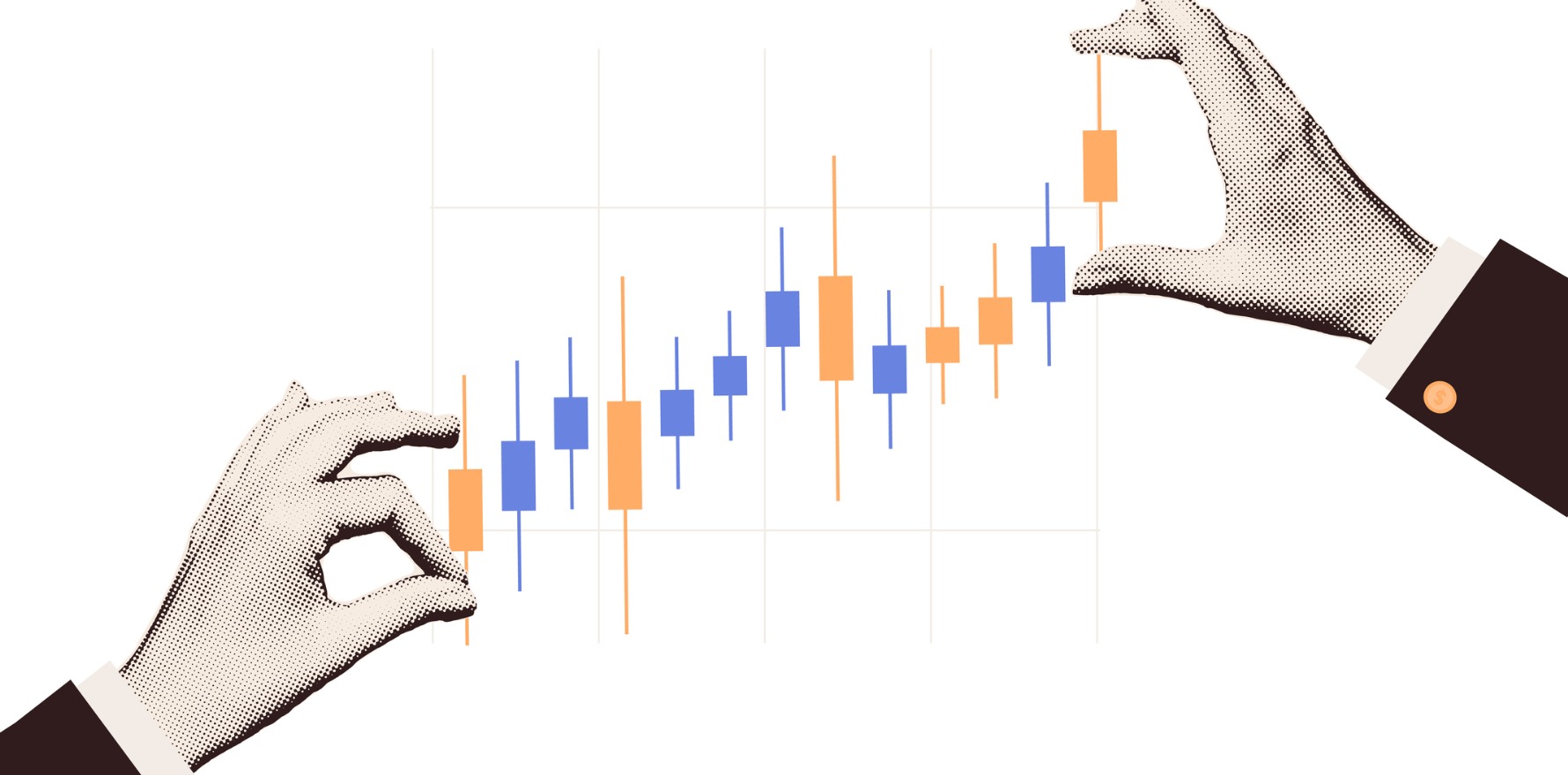Targeted therapies and immunomodulators have seen a spike in usage across middle-income countries.
Improvements in universal health coverage are contributing to more equitable expenditure and access to essential cancer medicines.
The World Health Organization’s Model List of Essential Medicines – which offers evidence-based recommendations of safe, effective and cost-friendly medications to guide countries and regional bodies in developing their own essential medicines list – contains categories of primary treatments and supportive medications used in cancer patients.
The findings of a recent study, published in The Lancet Oncology, explore the global market dynamics of cancer medicines listed in the WHO EML over the past decade to assess trends in consumption and expenditure.
“Differences in global consumption of EML cancer medicines have decreased or narrowed over the past decade due to sustained increases in middle-income economies, although significant differences in expenditure and unit price remain,” the researchers concluded.
Sales data for 65 WHO EML cancer medicines and therapeutic alternatives in 40 different countries were extracted from the IQVIA Multinational Integrated Data Analysis System and used to assess international consumption and expenditure patterns.
The consumption and expenditure of CML cancer medications in countries with high-income economies was relatively stable over the 11-year period. But countries with middle-income economies saw increases in both; so much so that by the end of 2022 high- and middle-income countries had a similar median consumption per 1000 capita (437 standard units per 1000 capita in high income countries compared to 610 standard units per 1000 capita).
The largest proportion of EML expenditures were attributed to targeted therapies and immunomodulators, regardless of income status (high-income 84%, upper-middle-income 62% and lower-middle-income 67%).
“These medicines also showed, relative to other categories, higher average annual growth rates in both consumption and expenditure, particularly within upper-middle-income and lower-middle-income economies,” the researchers noted.
“The increased access to relatively newer treatments, such as targeted therapies and immunomodulators, in middle-income economies might partially be attributed to the time-lag approval of newer medicines that were previously adopted in high-income economies.
“[In contrast,] expenditure on cytotoxic medicines, along with hormones and antihormones listed in EML was stable or slightly reduced across all income groups.”
The average annual consumption rate of EML cancer medicines increased by 17% in middle income countries, compared to 2% in high-income countries. This figure increased to 26% when the three lower-middle-income countries were considered.
Related
The researchers proposed several potential explanations for the observed changes in consumption and expenditure of EML cancer medicines.
“First, the introduction of emerging cost-effective products, coupled with increased market competition, has most likely contributed to the reduction in unit prices of EML cancer medicines,” they wrote.
“Second, the availability of more affordable alternatives outside the WHO EML, which were not captured in this study, might have influenced some economies to shift toward these options. This shift could have affected both the consumption and expenditure patterns observed.
“Third, national pharmaceutical policies are instrumental in shaping investments and reimbursement strategies, which in turn influence the consumption and expenditure of EML cancer medicines, including ongoing system-level health-care cost control measures in the past decade.”
Increases in universal health coverage was also thought to play a role.
“Our association analysis indicates that disease burden and social inequity could partially explain the discrepancies in EML cancer medicine consumption, and the UHC service coverage index showed a significant association with EML cancer medicine consumption, with better UHC associated with higher consumption of these medicines,” the researchers wrote.
“Although higher disease burden and lower social inequality were individually associated with increased EML cancer medicine consumption, these associations lost significance when adjusted for the UHC service coverage index.”





